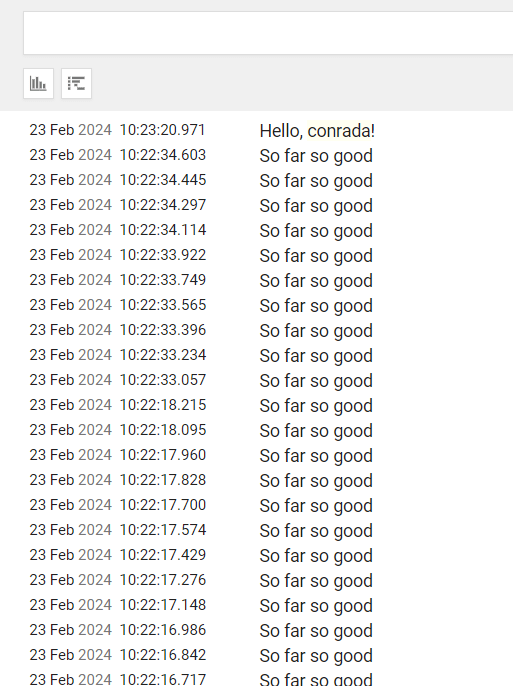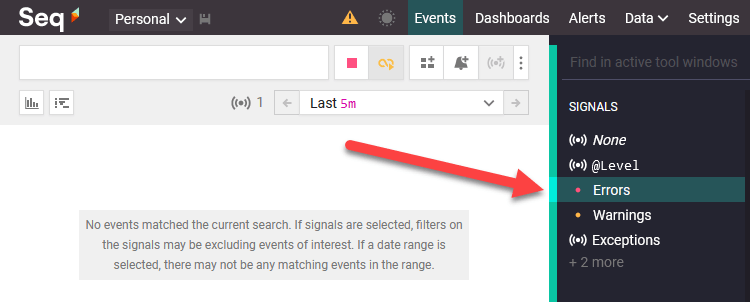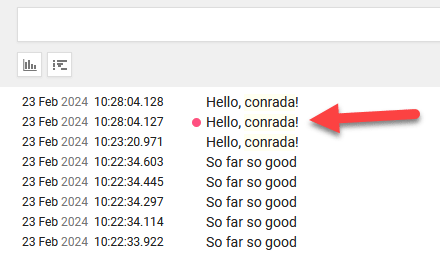Tip - Don't Log Exceptions With Log.Information
[C#, .NET, Tips]
When it comes to logging, many ILogger implementations allow you to log errors like this:
Log.LogException(Exception ex, string message)
And it works.
Take this code, using Serilog:
Log.Logger = new LoggerConfiguration()
// Log to the console
.WriteTo.Console()
// Log to Seq
.WriteTo.Seq("http://localhost:5341")
.CreateLogger();
var ex = new Exception("banana");
Log.Information(ex, "Hello, {Name}!", Environment.UserName);
If I open the Seq console (which you should be using for development, it’s free!), I see the following:

And I can expand to see the exception.

What’s the problem?
You cannot tell by looking where the problem is:

You also can’t filter for the errors:

This makes it difficult to find problems after the fact.
The correct way to do this is to use the correct method: LogError.
Change your code to introduce the new method as follows:
Log.Logger = new LoggerConfiguration()
.WriteTo.Console()
.WriteTo.Seq("http://localhost:5341")
.CreateLogger();
var ex = new Exception("banana");
Log.Error(ex, "Hello, {Name}!", Environment.UserName);
Log.Information(ex, "Hello, {Name}!", Environment.UserName);
If we go to Seq we should see the following; and we can tell by looking where there is a problem.

We can further drill down to see the details.

And best of all, you can filter to quickly see your errors only:

Which is VERY helpful in production.
Happy hacking!